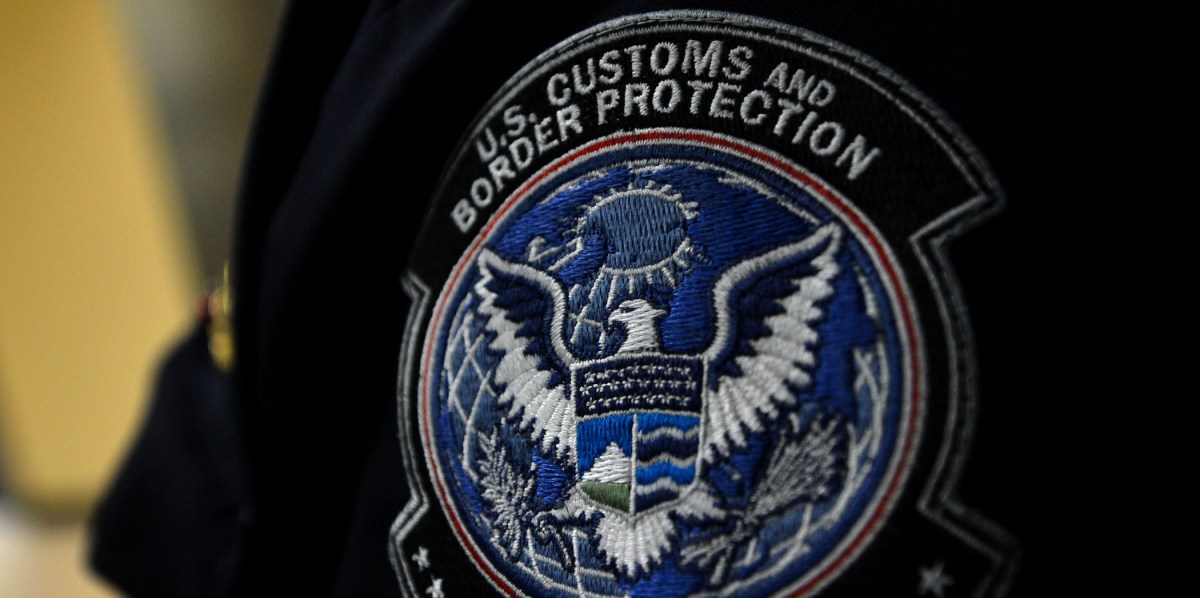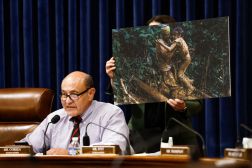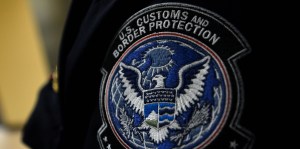CBP looks to standardize its hybrid cloud environment

U.S. Customs and Border Protection needs more resources to standardize its hybrid cloud environment so it can move applications anywhere on the network.
The agency’s environment is further along than most because it’s spent the last couple years working with IBM on mainframe-as-a-service, where the vendor provides both cloud and data center storage, for an annual savings between $13 million and $15 million.
Standardizing cloud computing will improve interoperability — allowing CBP to use more application programming interfaces in lieu of one-off builds — and security of continuous integration and continuous delivery pipelines, said Ed Mays, executive director of the Enterprise Data Management and Engineering Directorate at CBP.
“Ultimately our broad goal for hybrid cloud is to be able to build once and migrate anywhere based on the economic conditions at the time and based on the ability to deliver capability to our customers,” Mays said Wednesday during IBM‘s Think Gov digital event, produced by FedScoop.
CBP needs to be able to do that in an “agile, secure and standardized manner” and “can do a little bit of all of it today,” but the rest will take an “inordinate amount of resources,” he added.
For that reason, the agency has turned to industry for solutions that speed up the work while saving money.
Advanced automation and machine learning tools will be critical to performing tasks that free up CBP’s workforce in areas like passenger travel, border security, commerce, and fruit inspections, Mays said.
“There are challenges there where artificial intelligence can do things much better than a human being,” he said.






